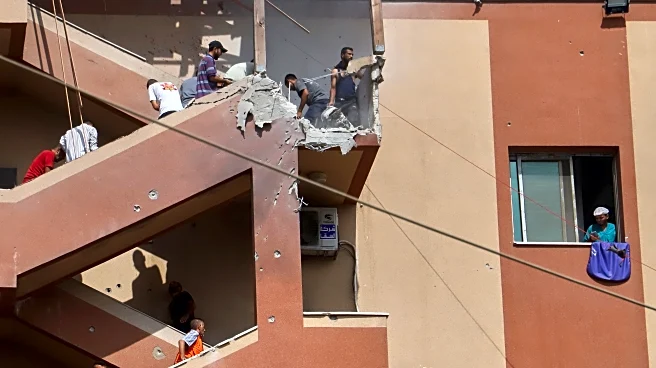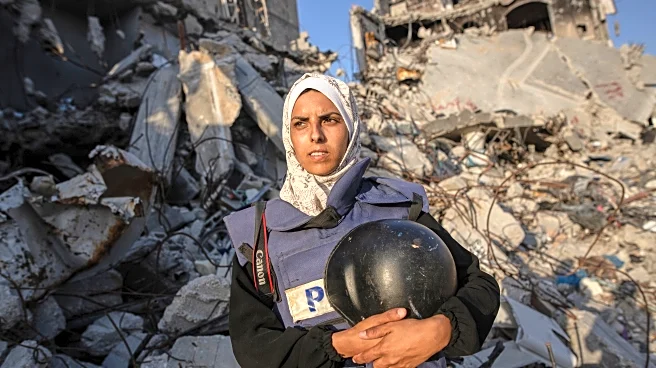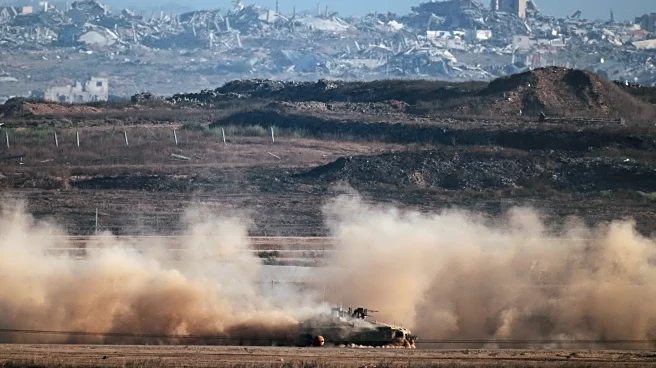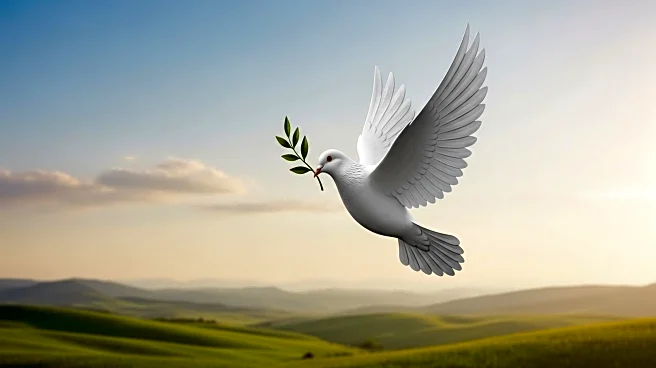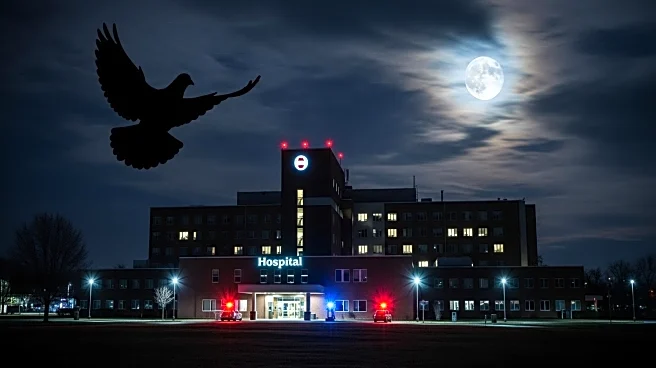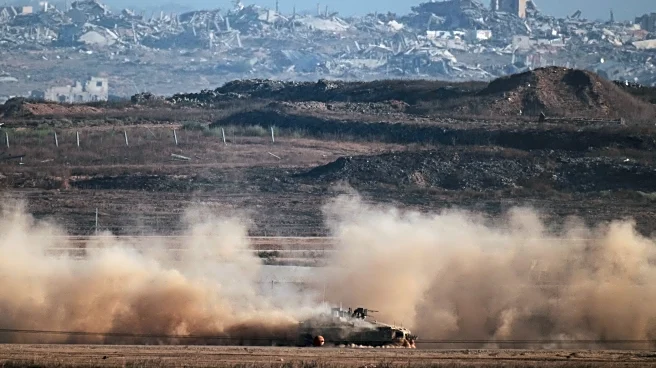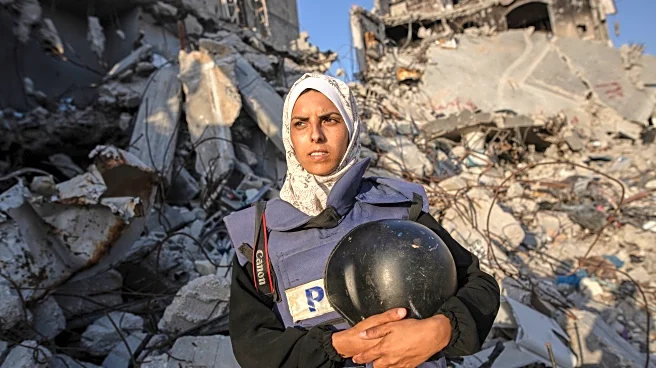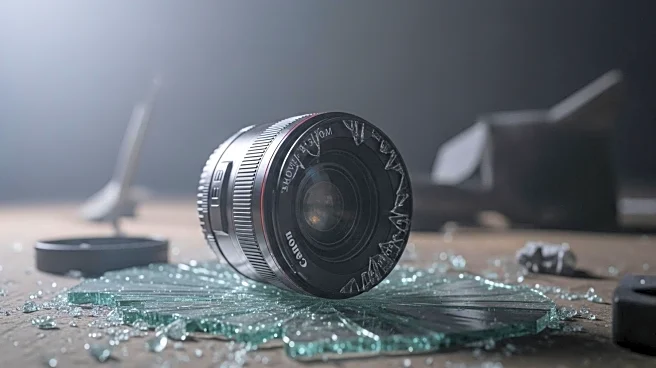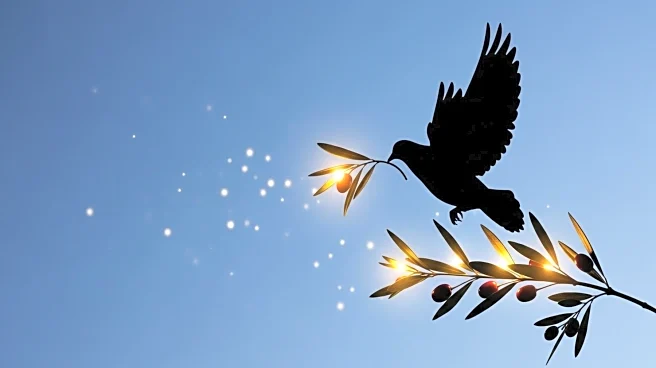Rapid Read • 7 min read
Mariam Dagga, a visual journalist freelancing for The Associated Press, captured her final images at Nasser Hospital in the Gaza Strip before being killed in an Israeli strike. The attack occurred on Monday, resulting in the deaths of 22 individuals, including five reporters. Dagga's photos, retrieved from her camera, depict the damaged stairwell and people navigating the hospital after the initial strike. The Israeli military claimed the target was a Hamas surveillance camera, but a senior Hamas official denied any such equipment was present. Dagga, who regularly reported from the hospital, focused on the plight of displaced Palestinians and the medical staff treating injured children.
AD
The incident highlights the dangers faced by journalists in conflict zones and raises questions about military targeting practices. The loss of Dagga and other reporters underscores the risks involved in documenting war, impacting the flow of information from affected areas. The strike has drawn international attention, with Algeria's ambassador to the UN reading a poignant letter from Dagga to her son, emphasizing the personal sacrifices made by journalists. This event may influence global discussions on press freedom and the protection of journalists in war zones.
The international community may increase pressure on Israel to review its military protocols regarding civilian areas and journalists. The UN Security Council could address the incident, potentially leading to calls for investigations or policy changes. Media organizations might advocate for enhanced safety measures for journalists in conflict zones, while diplomatic efforts could focus on reducing hostilities in Gaza.
The tragedy highlights ethical concerns about the balance between military objectives and civilian safety. It may prompt discussions on the legal responsibilities of nations in protecting non-combatants and journalists during conflicts. The cultural impact of Dagga's work, capturing the human side of war, could inspire future journalists to continue documenting such stories despite the risks.
AD
More Stories You Might Enjoy


